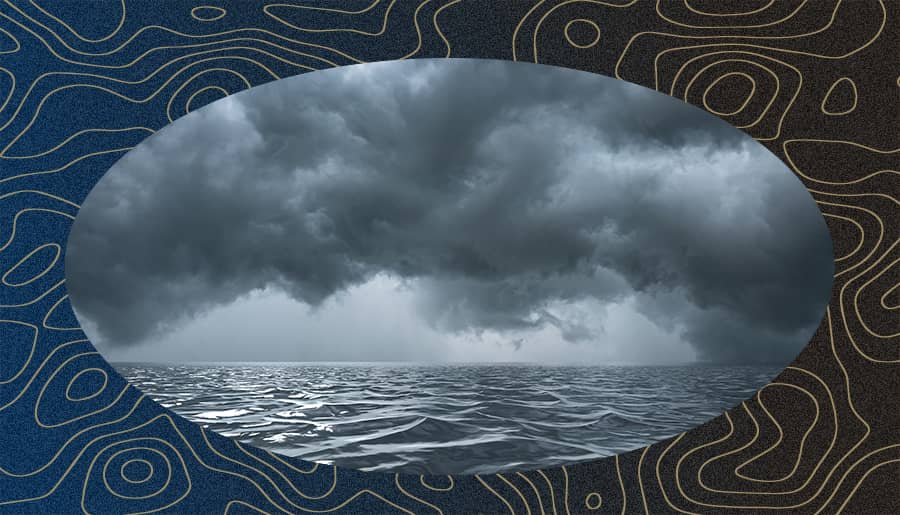Hey, remember when asking about the weather was just boring small talk? Those were the days. Now, whenever someone asks about it, everyone turns to face the sky, their faces full of dread. Someone in the convo might reflectively start putting on gumboots.
What’s more, this situation isn’t going to stop anytime soon. This is partly thanks to the Indian Ocean Dipole. But what is this alphabet soup, and why might it ruin your upcoming picnic? Here are the important deets you need to know:
What Is the Indian Ocean Dipole?
According to the Bureau of Meteorology (BOM), an Indian Ocean Dipole happens when the temperature differences between the west and east tropical parts of the Indian Ocean can move moisture towards or away from Australia. The BOM’s head of long-range forecasting, Andrew Watkins, confirmed with the ABC that it’s drawing moisture towards Australia this year.
When this moisture is drawn towards us, it’s classified as a negative Indian Ocean Dipole phase. This typically creates more rainfall over eastern and southern Australia, cooler days in the south, warmer nights in the north, more northwest cloud bands, and more chances of floods taking place.
Related: Rare Triple Dip La Niña Expected to Soak Us Through 2023
Related: Is the Wild Weather in Australia Now Due to Climate Change?
Why Is the Indian Ocean Dipole Bad News?
Getting flooded once is one too many times. If our neighbours, farmers, and loved ones get rained out of their homes another time this year, that would be beyond devastating. To make matters worse, some people have already had their places flooded on two different occasions.
But the conditions are regrettably right for more potential tragedy. As Watkins explained, “At the moment we have full dams, full rivers and we’ve also got high soil moisture, and with the wet outlook the flood risk is elevated in eastern Australia.”
How Long Will the Indian Ocean Dipole Last?
Now, I wish that I could say that it will end in a week or so. I would truly like to declare that this wet weather event will be the briefest of situations. But unfortunately, I cannot. The negative Indian Ocean Dipole is expected to keep up until November or December. Stay safe and dry folks.
Read more stories from The Latch and subscribe to our email newsletter.







